A new state law has passed that will affect the safety of Ohio’s schools, and could raise awareness of life safety requirements in other states as well. Originally known as SB112, the bill was signed into law by the governor on July 24th, 2024, and goes into effect on October 24th. This law will require certain types of doors within schools to be inspected annually, ensuring compliance with NFPA 101 – Life Safety Code. You can read the text of the law here.
Is the intent of this law to require annual inspections of fire door assemblies?
The annual inspections required by the law are not specifically fire door inspections, although the NFPA 80 standard is referenced by the law. The Ohio State Fire Code requires opening protectives (fire door assemblies) to be maintained in accordance with NFPA 80, which would include the annual fire door assembly inspection requirements of the standard. The Ohio law references another type of door inspection that is required by NFPA 101, which is applicable to certain doors in a means of egress whether they are fire rated or not (there is detailed information in this Decoded article).
Who is permitted to conduct the inspections?
The Childhood Safety Act will require Ohio schools to have door inspections conducted annually by a qualified inspector, which is defined as “a person, who by possession of a recognized degree, certificate, professional standing, or skill, and who, by knowledge, training, and experience, has demonstrated the ability to deal with the subject matter, the work, or the project.”
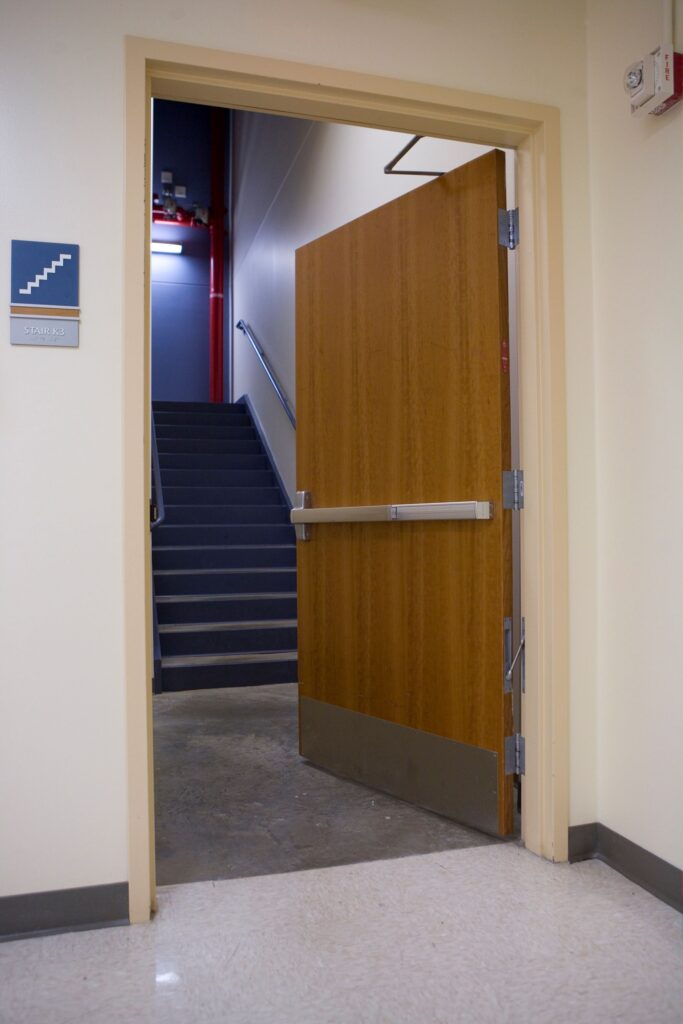
Doors with panic hardware or fire exit hardware, stairwell doors, and doors with special locking arrangements are addressed by the Childhood Safety Act.
Which doors are required by the law to be inspected annually?
The doors that must be inspected in accordance with NFPA 101 – Life Safety Code are “protective door assemblies,” which are defined by the law as:
(a) Doors with panic hardware or fire exit hardware;
(b) Door assemblies in exit enclosures;
(c) Electricity controlled egress doors;
(d) Door assemblies with special locking arrangements, such as delayed egress, sensor release egress doors, and elevator lobby doors.
What is verified during the annual egress door inspection?
For doors that fall into one of the four categories listed above, the Life Safety Code includes 13 items to be verified:
- There is clear floor space on both sides of the door, allowing the door leaves to open fully and close freely,
- The force needed to open the door is within the allowable limits of the code,
- Latching and locking devices meet the requirements related to the operation of hardware used to unlatch the door,
- Releasing hardware is mounted between 34 inches and 48 inches above the floor,
- Pairs of doors are either equipped with hardware that allows each leaf to operate independently, or if the inactive leaf is equipped with automatic flush bolts, that leaf must have no hardware on the egress side,
- Door closers are adjusted so the closing speed is at least 5 seconds from the 90-degree position to the 12-degree position,
- Door leaves do not project into the path of egress more than permitted by the code for encroachment,
- Automatic doors meet the requirements of the code and the referenced standards,
- Signage required by the code is intact and legible,
- Door openings equipped with special locking arrangements function as required by the code,
- Security devices that impede egress are not installed, as prohibited by the code,
- Where luminous egress path markings are required by the code, the door hardware marking is present and intact,
- Where emergency lighting is required due to special locking arrangements, the lighting is present and in accordance with the code.
What happens after the inspection is complete?
Documentation of these inspections must be maintained by each school governing authority. If a protective door assembly is found to be non-compliant, all steps must be taken to remedy the problems and the assembly must then be reinspected. NFPA 101 states, “Door openings not in proper operating condition shall be repaired or replaced without delay.” Beginning eighteen months after the effective date of the law, the authority having jurisdiction (AHJ) must review the inspection records annually.

Although some temporary locking devices are permitted by the Ohio State Building Code, some barricade devices do not comply. Refer to the adopted code for details.
Will classroom barricade devices be permitted by the Childhood Safety Act?
Many of you will remember that Ohio was one of the first states to pass a state law allowing temporary locking devices in schools, despite the concerns of many individuals and organizations (you can read about the concerns here).
The new law does not prohibit the use of these devices, stating: “Notwithstanding any provision of this section, a temporary door-locking device in compliance with the rules adopted by the fire marshal is not in conflict with this section.” The section of the Ohio Building Code addressing temporary locking devices is here.
The Childhood Safety Act is a step toward ensuring that schools are compliant with the door-related requirements of the model codes, and the inspections are an opportunity to identify additional code issues. For example, if a barricade device is discovered during an inspection and does not comply with the Ohio State Building Code, the inspector can address this with school administrators. For more information about the concerns surrounding barricade devices, refer to this Decoded article.
If you have additional questions about the Childhood Safety Act, leave a comment and I’ll do my best to get an answer. And if you see a similar bill in your state, let me know!
To contact your local Allegion representative for assistance, click here.
You need to login or register to bookmark/favorite this content.

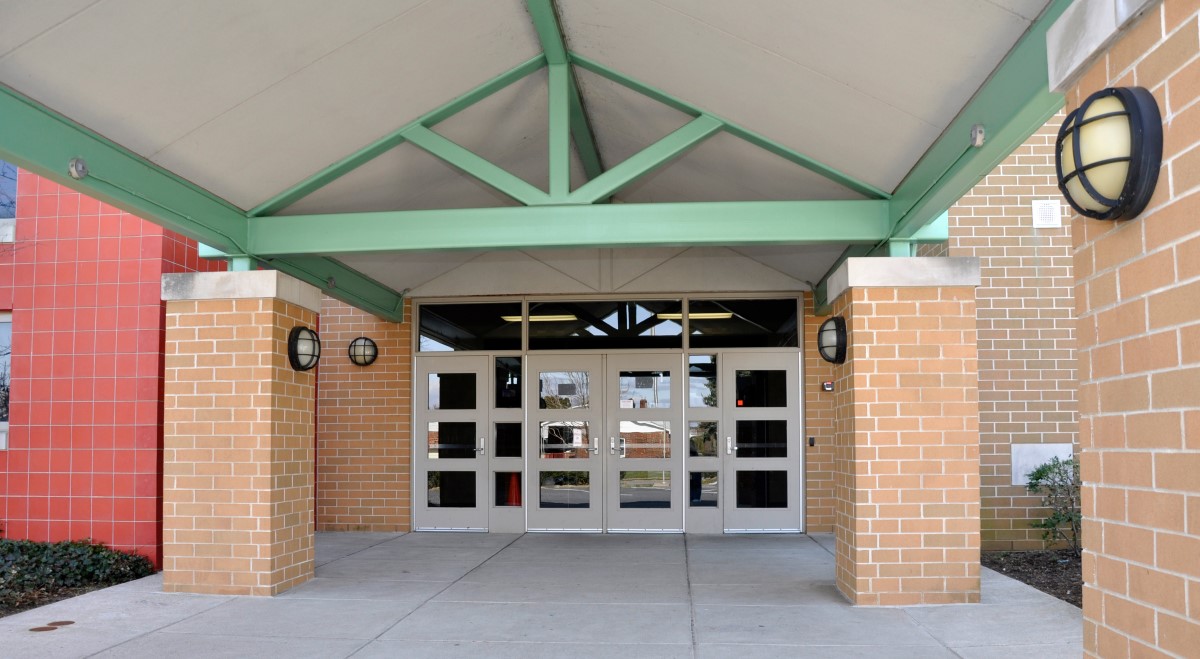
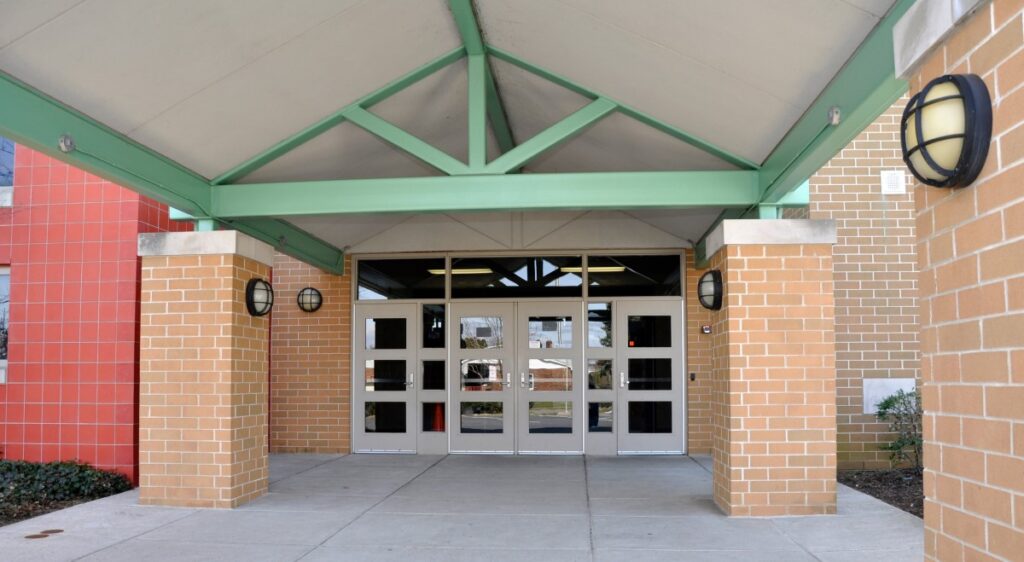

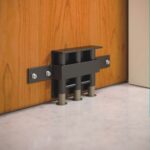

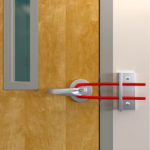


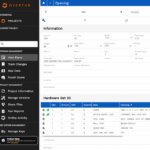

Yea for the inspections
Boo for the safety barriers
Boo
So by Oct 2025 doors have to be inspected
And that means
A fire marshal cannot demand them till March 2026?????
Guess they will be public record?
There are lot of questions that still need to be answered…I’ll be interested to see how this goes, and whether it spreads to other states.
– Lori
Well, this is certainly interesting. As I understand this change:
1) Senate Bill 112 applies to the Ohio Revised Code Sections 3737.42, 3737.51, 3737.07. This is essentially the Ohio Building Code.
2) The Bill refers to NFPA 101, The “Life Safety Code” So far, so good.
3) The current 2017 Ohio Fire Code, Ohio Administrative Code 13:7:7 makes no reference to NFPA 101. Nor, to my knowledge, have any previous editions. Therefor, not a part of the OFC.
4) The draft 2024 Ohio Fire Code, OAC 13:7:7, has adopted one reference to NFPA 101. However, it only applies to one section, OAC 13:7:7 Section 6.2, “Smoke Protected Assembly Seating” Now a part of the OFC but only as noted above.
As an AHJ for fire, I cannot enforce the new addition to the Ohio Building Code. I will refer to the Building Official AHJ.
Gottra love the bureaucracy.
P.S. I do not care for the temporary securing methods. But I am not on that committee.
Hi Ricky –
I completely agree with you and I raised the same issue of Ohio adopting the IFC and not 101. This is why I don’t support legislative changes related to the codes, when there is a code development process in place!
– Lori
And one more thought. The new bill also directs the State Fire Marshall to create rules to comply with the requirements of NFPA 101 for the door inspections. The Ohio Legislature directed The Department Of Commerce (State Fire Marshall’s Office) to “… remove two rules for every one added…” for the 2024 revision of the OFC.
It is Wednesday and I am almost wordless.
I’m having flashbacks to when the temporary locking device language was added to the Ohio code, despite the objections of the Ohio Board of Building Standards. https://idighardware.com/2015/07/ohio-bbs-final-report/
– Lori